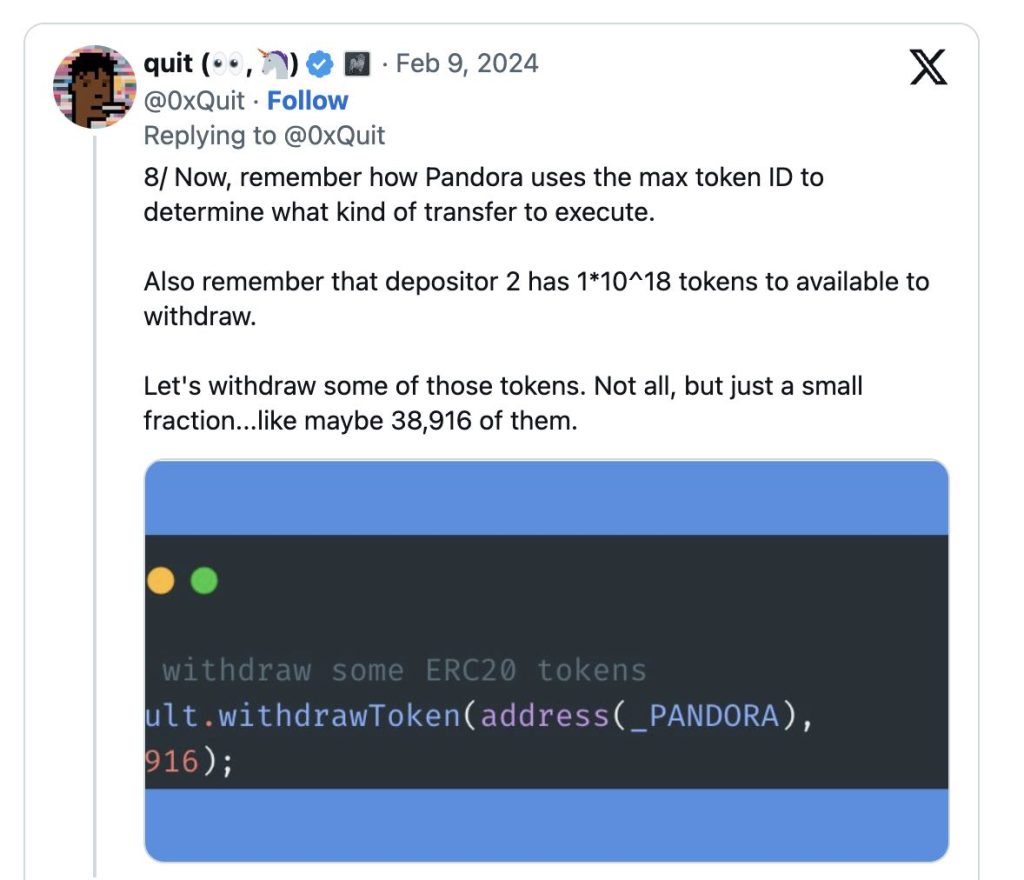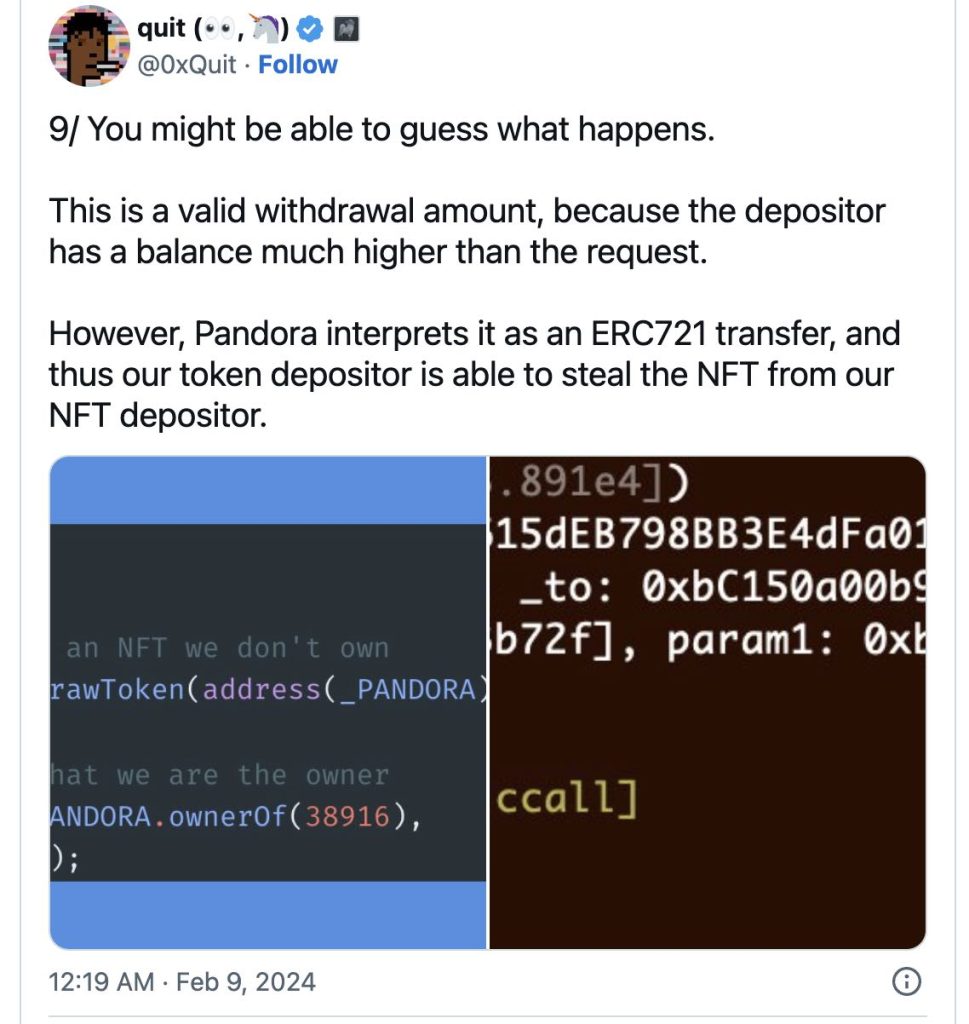In the constantly evolving landscape of blockchain technology and digital assets, the development of ERC-404 hybrid Non-Fungible Tokens (NFTs) marks a significant milestone. According to a leading developer in the space, these innovative tokens are in a “good spot” for a push towards Ethereum Improvement Proposals (EIPs). This development signifies a potential paradigm shift in how digital assets are managed, traded, and perceived within the broader ecosystem. As we delve into this subject, decentrahacks.com aims to unpack the intricacies of ERC-404 tokens, the implications of EIP integration, and the broader impacts on the cryptocurrency and NFT markets.
Table of Contents,
Understanding ERC-404 Hybrid NFT Tokens

ERC-404 hybrid NFT tokens represent a novel class of digital assets that blend the unique, non-interchangeable properties of NFTs with the fungible, divisible nature of traditional cryptocurrencies. This hybridization aims to offer greater flexibility, utility, and liquidity to digital assets, allowing for innovative use cases beyond the conventional scope of NFTs or cryptocurrencies alone.
The Potential of Ethereum Improvement Proposals (EIPs)

EIPs serve as the backbone for evolving the Ethereum blockchain through community-driven enhancements and optimizations. The push to incorporate ERC-404 tokens into the EIP framework signals an acknowledgment of their potential to address some of the existing limitations within the NFT space, including issues related to scalability, interoperability, and functionality.
Arguments for ERC-404’s EIP Integration
- Enhanced Utility and Flexibility: By combining the characteristics of NFTs and fungible tokens, ERC-404 tokens could revolutionize asset ownership, enabling more complex economic models and user interactions within digital environments.
- Increased Market Liquidity: The hybrid nature of ERC-404 tokens could facilitate greater liquidity for digital assets, making it easier for users to trade and leverage their holdings across various platforms and marketplaces.
- Innovation and Growth: The integration of ERC-404 tokens into the EIP framework could spur a new wave of innovation within the Ethereum ecosystem, fostering the development of novel applications and services that leverage the unique properties of these hybrid tokens.
Countering Perspectives: The Challenges Ahead
Despite the optimism surrounding ERC-404 tokens, there are several challenges and considerations that must be addressed:
- Technical Complexity: The development and implementation of hybrid tokens introduce a new layer of complexity to the Ethereum blockchain, which could pose challenges in terms of scalability and security.
- Regulatory Uncertainty: The unique characteristics of ERC-404 tokens may complicate existing regulatory frameworks, requiring careful navigation to ensure compliance and protect users.
- Community Adoption: For ERC-404 tokens to realize their full potential, widespread adoption and acceptance within the developer and user communities are crucial. Achieving consensus on EIP integration may prove challenging amidst diverse interests and priorities.
Conclusion
The development of ERC-404 hybrid NFT tokens and their potential integration into the Ethereum Improvement Proposals represent an exciting frontier in the blockchain and digital asset space. While the path forward may be fraught with technical, regulatory, and community-related challenges, the opportunities for innovation and growth are immense. As the discussion around ERC-404 tokens and EIP integration continues to unfold, it is clear that the future of digital assets is on the cusp of significant transformation. Stakeholders across the ecosystem must collaborate to navigate these changes, ensuring that the evolution of blockchain technology continues to be driven by innovation, inclusivity, and a commitment to enhancing the user experience.


